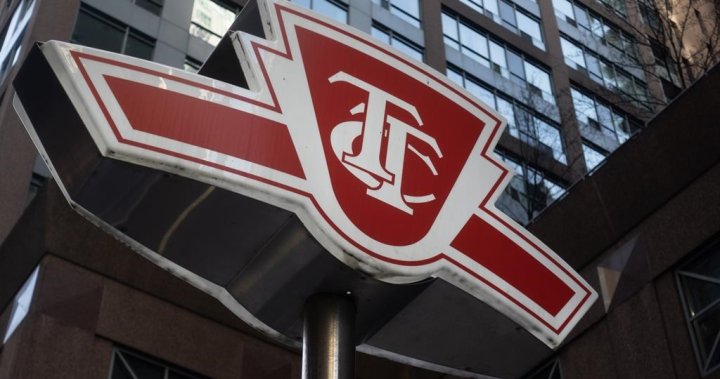Some astronomers are predicting that an expended and derelict SpaceX booster rocket that was launched beyond the moon in 2015 will swing back and crash into the lunar surface on March 4.
Bill Gray, an independent astronomer, made the prediction in a web post, and Jonathan McDowell from the Center for Astrophysics, Harvard & Smithsonian, agreed with the prediction on Twitter.
Space junk is a well-known problem, usually associated with the thousands of dead satellites, rocket boosters and bits and pieces of spacecraft that are accumulating in Earth orbit. These derelict objects pose a threat to other satellites and astronauts aboard the International Space Station. The collision with the moon extends the problem farther away from the Earth and suggests that this could pose a threat to future moon explorers.
SpaceX has done an excellent job of designing first-stage rocket boosters that fly themselves back to Earth after launch to be used again. It has dramatically lowered the cost of space flight and cut down on the number of these boosters that have ended up dropping into the ocean.

But SpaceX doesn’t recover or de-orbit upper stages rockets that propel satellites to very high geostationary orbit, 36,000 kilometres above Earth, or beyond. It would take too much fuel to bring those high-flying rockets back.
During the Apollo moon missions, many of the upper stage booster rockets and lunar landers were intentionally crashed into the moon to trigger moon-quakes that were picked up by seismometers left on the surface by astronauts. That enabled scientists to build up a picture of the moon’s interior. But not all boosters crashed. Some simply sailed on past the moon and entered an orbit around the sun where they were forgotten.
The SpaceX booster currently on a collision course with the moon originally helped send a U.S. space weather satellite 1.5 million kilometres from Earth to one of the Lagrange Points, where it can sit in a stable solar orbit balanced by the gravity of the sun and the Earth. The new James Webb Space Telescope is stationed at a different Lagrange Point.
Since its job was completed, the booster has been in an irregular orbit around the Earth and moon.

This isn’t the first time a moon booster has returned.
In 2002, amateur astronomer Bill Yeung discovered what he thought was an asteroid in orbit around the Earth. It looked like the Earth had a second undiscovered moon. But there was something strange about this object. It was small yet very bright.
When astronomers examined the sunlight reflected off it with a spectrograph, which can detect chemical composition, they were shocked when the results showed white titanium oxide paint, the kind used on the Apollo Saturn V rockets. Further analysis of the orbit traced it back to the third stage booster of Apollo 12, the second crewed lunar landing launched in 1971.
The Apollo-era booster did not crash into the moon. In fact, it continued its wanderings in an irregular orbit around the sun and is expected to return again sometime in the 2040s.

The SpaceX booster is predicted to strike the far side of the moon and create a small crater there. Of course, the moon has been bombarded by meteors and asteroids throughout its history, and an impact made by an artificial object isn’t much different.
But it is possible that, in the future, these dead boosters could pose a threat to future moon colonists.
Future moon colonies
NASA’s Artemis program is planning to send not only people to the moon, but habitats, and a space station in lunar orbit, called the Gateway and regular supply missions, with launches optimistically planned to start in the middle of this decade. That’s a lot of rocket boosters.
It’s likely NASA will plan for safe disposal of these boosters by parking them in out-of-the-way orbits around the sun. But things can always go wrong, and dead boosters falling uncontrolled from the sky on the moon will not slow down and burn up in an atmosphere like they do on Earth. With virtually no atmosphere at the lunar surface, these objects will strike at very high speed with explosive force. That could become a serious threat for lunar colonists.
There is a lot of talk about how to deal with the space junk that surrounds the Earth. Now that discussion needs to extend out to the moon and other planets so we can continue to explore our solar system without littering it with potentially hazardous debris.







More Stories
What are microplastics doing to human health? Scientists work to connect the dots | CBC News
Do Canadians have an appetite for electric vehicles? Experts are divided | Globalnews.ca
Boeing and NASA decide to move forward with historic crewed launch of new spacecraft